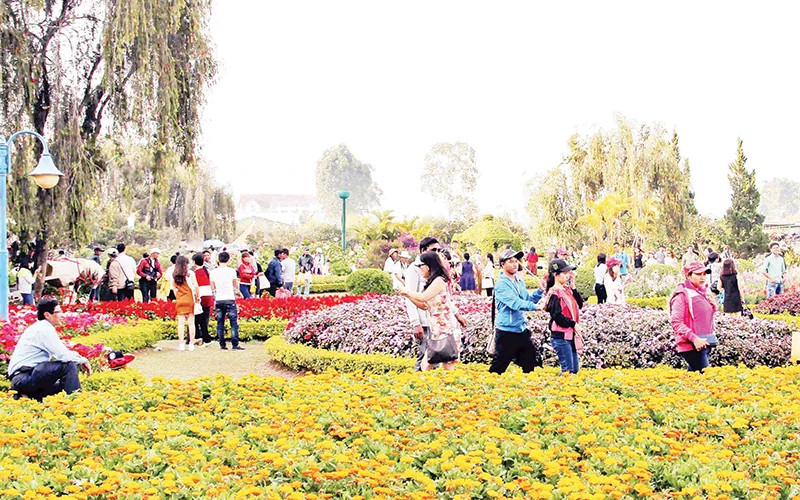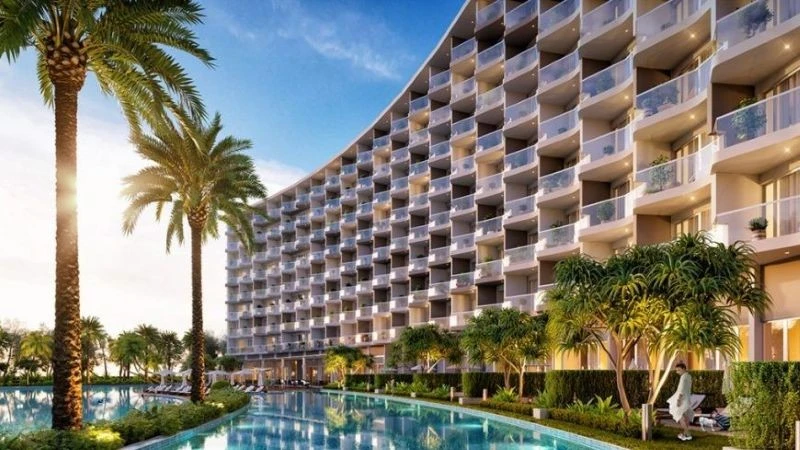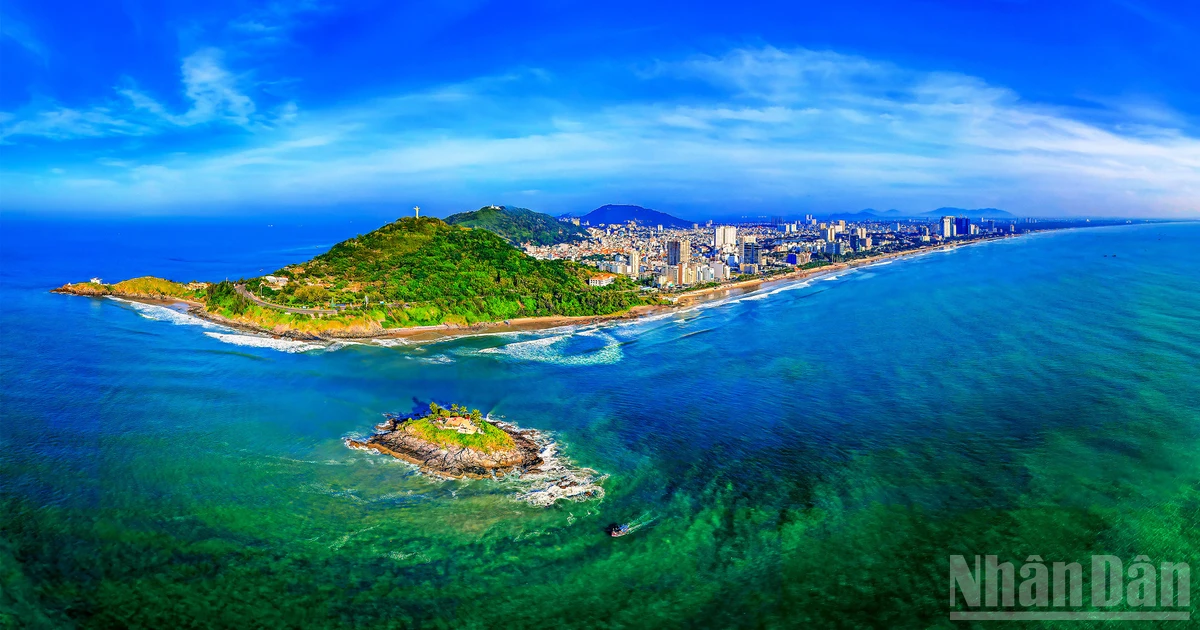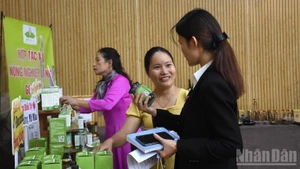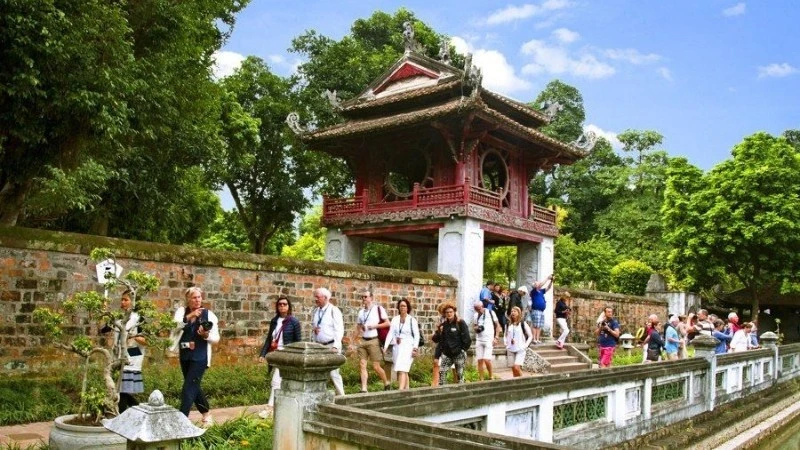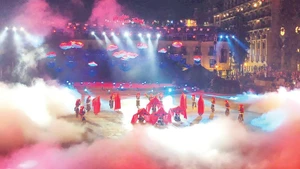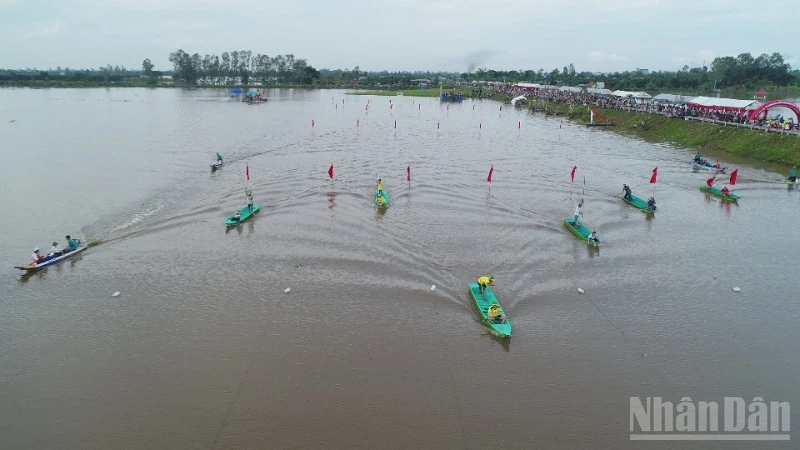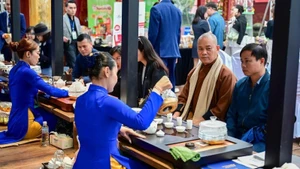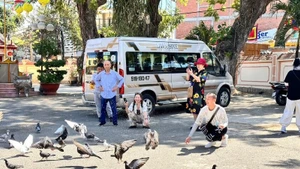This land is a combination of outstanding values in terms of natural landscapes, cultural-historical tourism resources, valuable urban heritages, and the "gentle, elegant, hospitable" style of the Da Lat people. However, Da Lat tourism still needs solutions for green and sustainable development.
Lam Dong Province’s plan for the 2021-2030 period, with a vision to 2050, has been approved by the Prime Minister. It clearly states that Da Lat City and its vicinity will be built into a high-quality tourism centre of the country and the Southeast Asian region.
Positioning the Da Lat tourism brand
Da Lat has the "original function" of a resort city. The climate and nature of Da Lat have attracted planners. From a "highland resort", this land on the Langbiang plateau was projected from the first day of survey to become the "summer capital" of Indochina.
From the first "European city" planning idea of Paul Champoudry (1905) to the "landscape city" of Jean O'Neil (1919) and Ernest Hébrard (1923), Jacques Lagisquet planned for Da Lat to become a "summer capital" (1942-1944).
After 130 years of construction and development, Da Lat has become an attractive destination on the tourist map. This land combines beautiful mountain and forest landscapes with many diverse historical-cultural and natural heritages, creating a unique tourist experience. Da Lat is also known for its unique architecture of ancient buildings and European-style villas.
This is also a place where many traditional festivals of more than 20 ethnic groups converge. Da Lat and its surrounding areas own three world cultural heritages recognised by UNESCO, including the Central Highlands Gong Cultural Space, Nguyen Dynasty Woodblocks, and Langbiang World Biosphere Reserve.
Dr Pham S, Vice Chairman of Lam Dong Provincial People's Committee, said: "Da Lat has been voted by international organizations for many good awards on tourism and environment. This affirms that Da Lat is an attractive city for domestic and foreign tourists."
Dr Pham S shared that after 130 years of formation and development, Da Lat has become a national and international tourism centre, while Da Lat Flower Festival was honoured in the "Best Flower and Garden Festival" category by the International Festivals and Events Association - Asia region in 2024.
Da Lat is also the centre of French architectural heritage of Vietnam and the region, twice recognised as "ASEAN Clean Tourist City" and one of the romantic destinations in Asia. CNN (USA) voted Da Lat as one of its 18 "Asia's most underrated places" in 2023.
“Da Lat is a famous tourist city thanks to its cool climate all year round, beautiful natural landscapes, fresh ecological environment, gentle, elegant and hospitable people. All of these combinations have created many unique features for Da Lat, making it a familiar destination for all Vietnamese people and international tourists,” Dr Pham S shared.
Necessary effective solutions
Da Lat is a land with many cultural and natural heritages, with great potential to exploit various types of tourism, contributing to the development of green and sustainable tourism.
Dang Quang Tu, Chairman of the Da Lat City People's Committee, said: “Tourism is identified as a key economic sector of Da Lat. Developing green and sustainable tourism has become an important goal of the locality. The goal is based on the rational exploitation of natural resources and protection of the tourism environment.”
In recent times, Da Lat has actively implemented tourism development plans and strategies. In particular, focusing on building Da Lat into one of the "green" tourist cities of the country in terms of both landscape and social environment, with "green" tourism products based on the potential and strengths of the locality. These products include eco-tourism associated with forest planting and protection; eco-tourism associated with visiting historical revolutionary sites, archaeological sites; tourism combined with medical examination and treatment; tourism associated with education-training, scientific research; seminar-conference tourism; tourism associated with sports training; and tourism associated with high-tech agriculture.
According to Dr Pham S, Da Lat needs to strongly transform the tourism industry from quantity to high quality as well as from low-spending tourism to high-spending tourism.
At the same time, Da Lat needs to strengthen tourism investment promotion between regions in the country and countries; connect tourism products between tourism businesses; attract synchronous investment in cultural industrial projects; develop the night-time economy; and attract projects to train high-quality global human resources in tourism.
He said that through diplomacy, Da Lat needs to proactively host national, regional and international cultural, sports and tourism events to promote the Da Lat brand and develop tourism, while resolutely implementing digital transformation in the tourism industry.
Cao The Anh, Vice President of Lam Dong-Da Lat Tourism Association, suggested that Da Lat needs to form a set of typical green development criteria.
